Tangled Font: Your Essential Design Tool
Discover how to effectively use “tangled fonts” to add unique flair and personality to your designs. This guide breaks down what tangled fonts are, where to find them, and practical tips for mastering their usage, ensuring legible and impactful visual communication.
Ever found yourself staring at a design, feeling like it’s missing that special something? Perhaps it’s a bit too plain, too predictable. That’s often where a “tangled font,” or a font with intricate, interwoven, or decorative elements, can swoop in to save the day. These aren’t just letters; they’re tiny works of art that can instantly elevate your project from ordinary to extraordinary. But how do you choose and use them without making your design a confusing mess? Don’t worry, it’s simpler than you think! We’ll guide you through understanding these unique typefaces and integrating them seamlessly into your creative flow.
In this comprehensive guide, we’ll explore what makes a font “tangled,” reveal some of the best places to discover them, and provide actionable steps to ensure your designs shine with personality and readability. Get ready to unlock a new dimension of creative expression!
What Exactly is a “Tangled Font”?
The term “tangled font” isn’t a strict typographical category like “serif” or “sans-serif.” Instead, it’s a descriptive term we use for typefaces that feature elaborate, decorative, or intertwined letterforms. Think of flowing scripts that loop and connect in unexpected ways, decorative display fonts with ornate flourished elements, or distressed fonts that appear deliberately frayed or “tangled.”
These fonts often have:
- Interlocking Glyphs: Letters that connect or overlap in a visually interesting manner.
- Elaborate Flourishes: Swashes, ligatures, and decorative strokes that extend beyond the basic letter shape.
- Visual Complexity: A high degree of detail that draws the eye and adds a unique texture.
- Thematic Elements: Designs evoking themes like nature (vines, branches), art deco, or hand-drawn calligraphy.
The “tangled” aspect usually refers to the intricate, sometimes chaotic but always intentional, arrangement of these decorative elements. They are perfect for making a statement and adding a strong personality to a design. When used correctly, they can be incredibly impactful, but they require a thoughtful approach to ensure clarity.
Why Use Tangled Fonts in Your Designs?
Incorporating tangled fonts into your design arsenal can offer several distinct advantages, moving your work beyond the conventional and injecting personality where it matters most.
1. Unique Personality and Brand Identity
Tangled fonts are excellent for conveying a specific mood or personality. A bold, swashy script might speak of luxury and elegance, while a distressed, gritty font could communicate rebellion and raw energy. For branding, this distinctiveness is invaluable. It helps a brand stand out in a crowded market and connect with its target audience on an emotional level. Think about how a perfectly chosen cursive font for a bakery evokes warmth and tradition, or how a sharp, angular display font for a tech startup suggests innovation and cutting-edge design.
2. Visual Interest and Engagement
In a world saturated with visual information, grabbing and holding attention is crucial. Tangled fonts, with their inherent detail and often unconventional shapes, naturally draw the eye. They can transform a simple headline, a logo, or a key design element into a focal point. This visual intrigue can encourage viewers to spend more time with your design, increasing engagement and recall.
3. Enhanced Thematic Relevance
Certain design projects call for typefaces that deeply resonate with their theme. A wedding invitation designed with delicate, intertwined script fonts instantly communicates romance and celebration. A vintage poster might benefit from a font that looks like it’s been through its own era of “tangles” and wear. Tangled fonts offer a shortcut to reinforcing your theme and creating a cohesive aesthetic experience.
4. Creative Storytelling
Every font has a story to tell, and tangled fonts often have rich narratives embedded within their design. The way letters flow, overlap, or are adorned can suggest movement, craftsmanship, history, or even a touch of mystery. This narrative quality can add depth to your design, making it more memorable and engaging for the viewer.
Where to Find the Best Tangled Fonts
Sourcing unique and high-quality tangled fonts is key to unlocking their potential. Thankfully, the digital age offers a plethora of resources. Here are some top categories and specific platforms to explore:
1. Online font Marketplaces and Libraries
These platforms offer a vast selection, from free options to premium, professionally crafted typefaces. For premium fonts, you often get better quality, more extensive character sets, and better licensing.
- Google Fonts: Offers a huge selection of free, open-source fonts. While not exclusively “tangled,” you can find many decorative and script fonts with flowing or intricate elements here by filtering and searching for terms like “script,” “display,” and “handwritten.” Check out fonts like “Great Vibes” or “Sacramento.”
- Adobe Fonts: If you’re an Adobe Creative Cloud subscriber, you have access to a vast library of high-quality fonts, many of which are perfect for decorative and “tangled” styles. Search for categories like “Script” and “Display.”
- Creative Market: A popular marketplace for independent designers to sell their fonts. You’ll find many unique, hand-crafted tangled scripts and display fonts here.
- MyFonts: One of the largest font repositories, offering both commercial and sometimes free fonts. Their search and filtering tools are extensive, allowing you to narrow down by style.
- Font Squirrel: Excellent for finding high-quality free fonts that are commercially licensed. You can often find hidden gems that fit the “tangled” aesthetic.
2. Independent Designer Websites
Many talented font designers sell their creations directly from their own websites. This often leads to finding truly unique and artisanal typefaces that you won’t see everywhere else. Keep an eye out for designers specializing in calligraphy, scripts, or highly decorative styles.
3. Font Bundles and Subscription Services
Services like FontBundles.net often offer free font deals and paid bundles that can be very cost-effective. Subscription services (like those mentioned under Adobe Fonts) provide access to a large collection for a recurring fee.
4. Searching with Specific Keywords
When scouring these sites, use keywords that describe the aesthetic you’re looking for:
- “Script font”
- “Calligraphy font”
- “Decorative font”
- “Display font”
- “Handwritten font”
- “Flourished font”
- “Ornate font”
- “Grotesque” (for certain vintage or highly stylized decorative faces)
- “Art Nouveau font”
Mastering the Art: Practical Tips for Using Tangled Fonts
Tangled fonts are powerful, but like any potent design element, they need to be handled with care. Here’s how to wield them effectively without sacrificing clarity or aesthetics.
1. Prioritize Readability: The Golden Rule
This is non-negotiable. No matter how beautiful a tangled font is, if your audience can’t read it, it fails. Tangled fonts are often best suited for:
- Headlines and Titles: Short bursts of text where impact is key.
- Logotypes/Wordmarks: For branding where the unique style becomes part of the company’s identity.
- Decorative Accents: Small touches, like signatures, important dates, or short pull quotes, that add flair without being the primary information carrier.
Avoid using them for body text, long paragraphs, or any content that requires extensive reading. For these, stick to highly legible serif or sans-serif fonts. A good rule of thumb is to pair a striking tangled font with a simple, clean secondary font for maximum contrast and readability.
2. Context is Key: Match the Font to the Mood
Consider the overall tone and purpose of your design. Does a wildly flourished script fit a minimalist tech product launch? Probably not. Does a distressed, grungy font suit an elegant wedding invitation? Unlikely. Tangled fonts should amplify the message, not contradict it.
Think about:
- Audience: Who are you trying to reach?
- Brand Personality: What feeling should your brand evoke?
- Project Purpose: Is it formal, casual, playful, serious, luxurious, or rustic?
A perfect match ensures the font enhances the design’s narrative and emotional impact.
3. Pair Wisely: The Power of Contrast
Tangled fonts often need a supporting cast of simpler fonts to shine. Pairing a complex script with another highly decorative font will likely result in visual clutter. Instead, opt for contrast:
- Pair with Sans-Serifs: Clean, geometric, or humanist sans-serif fonts provide a neutral backdrop that makes the tangled font pop.
- Pair with Serifs: Classic serif fonts can offer a touch of tradition and elegance, creating a sophisticated balance.
- Limit Font Usage: Stick to a maximum of two or three fonts in a single design to maintain coherence. One tangled font and one simple supporting font is often ideal.
Ensure the chosen pairing respects the hierarchy of information. The tangled font might be for the main title, while the simpler font handles subheadings and any required explanatory text.
4. Master Spacing and Kerning
Even the most beautiful tangled font can look awkward if the spacing between letters (kerning) isn’t right. Many elaborate scripts have specific ligatures (connected letter pairs) or swashes that need careful adjustment.
- Manual Kerning: Be prepared to manually adjust the space between certain letter pairs. Most design software (like Adobe Illustrator, Photoshop, or Affinity Designer) allows for precise kerning adjustments.
- Test Different Setups: Some fonts offer alternate characters or stylistic sets. Experiment to see which combinations look best.
- Watch for Overlap: Ensure that ascenders (parts of letters that extend upwards, like in ‘h’, ‘l’, ‘b’) and descenders (parts that extend downwards, like in ‘p’, ‘q’, ‘y’) don’t excessively overlap or create unreadable shapes.
5. Subtle Use for Maximum Impact
Sometimes, less is more. A tangled font doesn’t need to be used everywhere. Consider these subtle applications:
- Logo Monograms: Intertwine the initials of a brand.
- Signatures on Artwork: Mimic a personal artist’s signature.
- Call-to-Action Buttons (Use with caution!): Only if the button text is very short and the font is still readable.
- Text Overlays on Images: Ensure high contrast and minimal background interruption.
By using these fonts sparingly for key elements, you can achieve a powerful effect without overwhelming the viewer.
6. Understand Licensing
When using any font, especially commercial ones, always check the licensing agreement. This dictates how and where you can use the font (e.g., web use, print, commercial projects, app distribution). This is particularly important for logos and branding, as misusing a license can lead to legal issues. Reputable font foundries and marketplaces are usually very clear about their licensing terms. For instance, you can find extensive information on font licensing on the U.S. Copyright Office website, which details the legal framework surrounding creative works, including digital fonts.
Tangled Fonts vs. Other Decorative Styles
It’s helpful to understand where “tangled fonts” fit within the broader landscape of decorative typography. While they share characteristics, there are distinctions.
Here’s a comparison:
| Font Style | Key Characteristics | Typical Use Cases | “Tangled” Factor |
|---|---|---|---|
| Tangled Font | Intricate, interwoven, flourished, ornate, often complex letterforms. Focuses on decorative connections and details. | Logos, headlines, invitations, artistic captions, branding elements with a strong personality. | High. The defining feature is the intertwined/elaborate nature of the letterforms. |
| Script Font | Mimics handwriting or calligraphy. Can be formal (chancery) or informal (casual script). Glyphs often connect. | Weddings, formal invitations, quotes, personal branding, product packaging. | Medium to High. Many scripts have tangled elements, especially in flourishes and ligatures, but not all do. |
| Display Font | Designed for large sizes (headlines, posters). Highly stylized, can be experimental, thematic, or expressive. | Posters, headlines, album covers, book titles, branding. Very versatile stylistically. | Variable. Can range from simple bold to extremely tangled and ornate. |
| Decorative Font | Broad category for fonts with extra embellishments, patterns, or unusual features. | Thematic designs, holiday greetings, novelty items, titles. | Variable. May or may not have interconnected or swashy elements; could be themed shapes within letters. |
| Handwritten Font | Mimics natural handwriting. Often simpler and more casual than scripts. | Craft projects, informal notes, personal blogs, children’s books. | Low to Medium. Some might have overlapping strokes, but generally less intricate than tangled scripts. |
A “tangled font” is often a sub-type of script or display font, characterized specifically by its complex, interwoven, and flourish-heavy letterforms. The key is the degree of intertwining and decorative complexity.
Troubleshooting Common Issues with Tangled Fonts
Even with the best intentions, using tangled fonts can sometimes lead to unexpected challenges. Here are some common problems and how to solve them:
Problem: Text is Unreadable
Solution: As mentioned, this is the most critical issue. Re-evaluate its use. Is it in body copy? Move it to a headline or a decorative accent. Is the font too dense? Try a different tangled font with more breathing room, or scale it up significantly. Ensure sufficient contrast with the background. Always have a clean, readable font to pair it with for essential information.
Problem: Font Appears “Too Busy” or Cluttered
Solution: This often happens when a tangled font is used at a small size or surrounded by too much other detail. Try reducing the amount of text rendered in the tangled font. Simplify the rest of your design elements to let the font take center stage without competing for attention. Ensure adequate negative space around the text.
Problem: Inconsistent Styling (e.g., Ligatures or Swashes Not Working)
Solution: Some fonts require specific software features or manual tweaking to display their fancy elements correctly.
- Check Font Features: In professional design software (like Adobe InDesign, Illustrator, Photoshop), look for OpenType features like “Ligatures,” “Stylistic Alternates,” “Swashes,” and “Contextual Alternates.” Enable these.
- Glyphs Panel: Use the Glyphs panel in your design software to manually select and insert alternate characters or ligatures where needed.
- Font Documentation: Many premium fonts come with a PDF guide explaining how to use their OpenType features. Consult this!
Problem: Font Rendering Issues on Web
Solution: Web font rendering can be tricky. Ensure the font files are properly optimized and loaded. Sometimes, certain elaborate script fonts can appear jagged or pixellated on screen unless rendered at a sufficient size or with appropriate CSS styling (e.g., `text-rendering: optimizeLegibility;`). Test thoroughly across different browsers and devices. Consider using simpler, web-optimized tangled fonts or opting for high-quality web font services like Google Fonts or Adobe Fonts.
Problem: Licensing Confusion for Commercial Use
Solution: If you acquired a font from a less-known source or it was a freebie, double-check its usage rights. Always buy from reputable foundries or marketplaces if commercial use is intended. If in doubt, contact the font creator or consult their website’s FAQ for clarification. For logos, ensure the license allows for mark usage and doesn’t have restrictions that could impact your brand long-term. Resources like Creative Commons offer insights into various licensing models for creative works, though specific font licenses will always take precedence.
Real-World Examples of Tangled Font Usage
Seeing is believing! Let’s look at how tangled fonts create magic in actual designs:
1. Luxury Brands
High-end fashion labels, jewelry designers, or luxury hotels often use ornate,
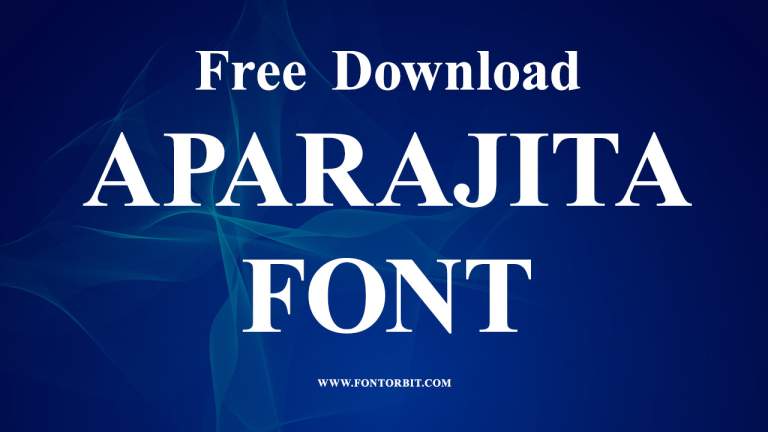
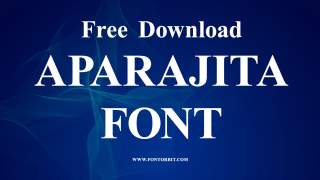
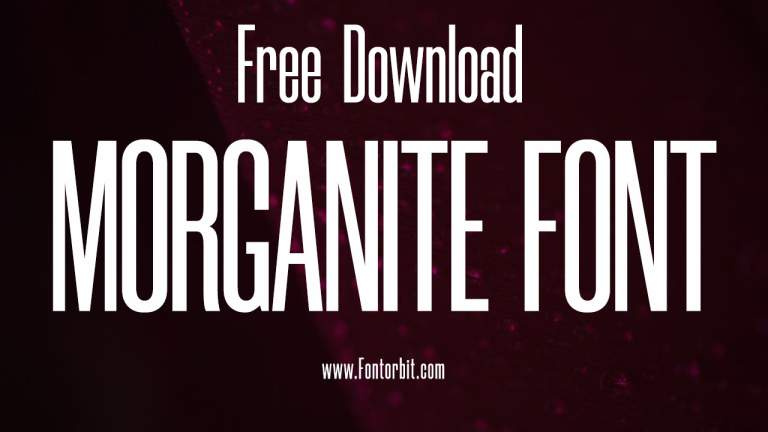
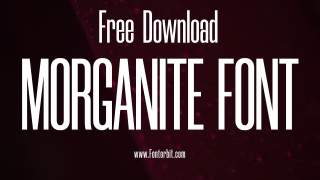
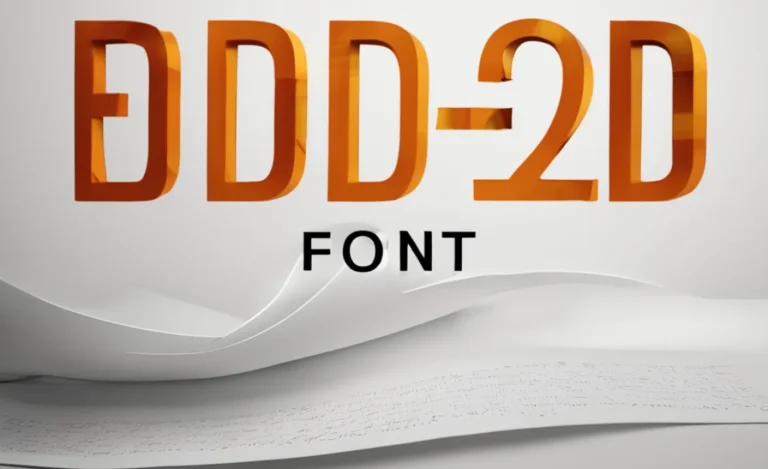
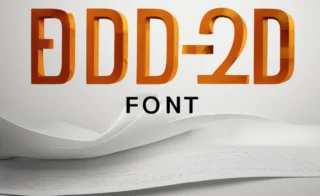
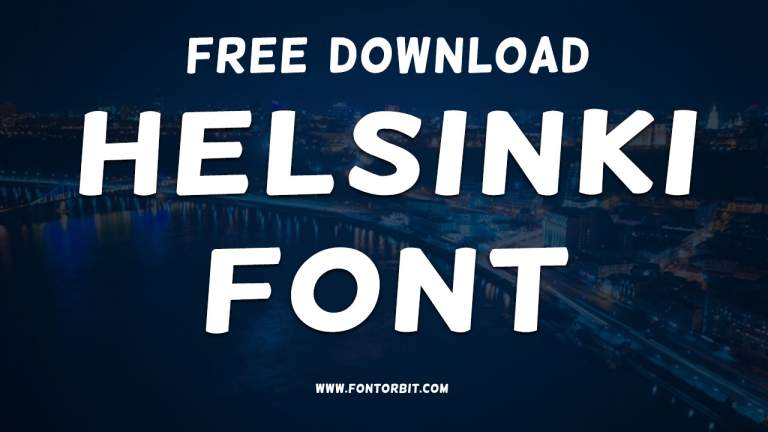
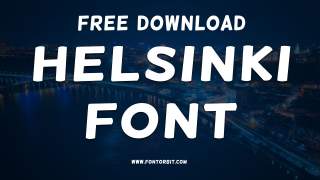
Leave a Comment